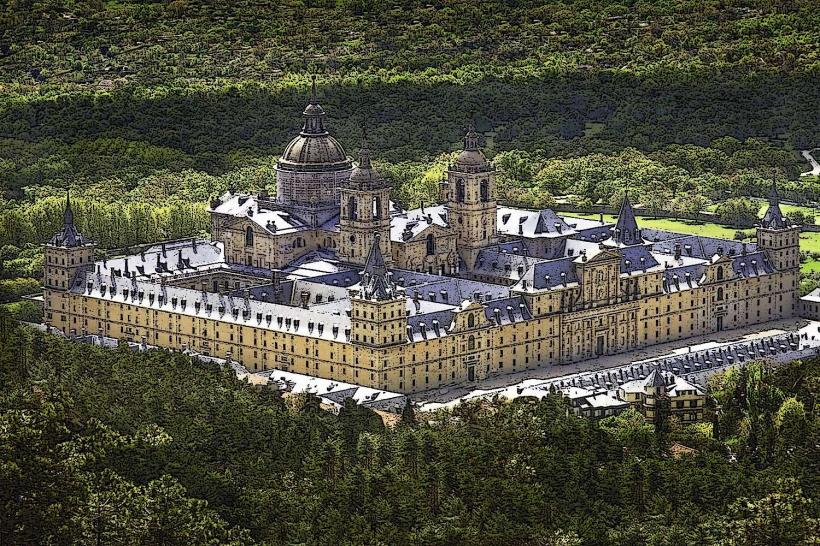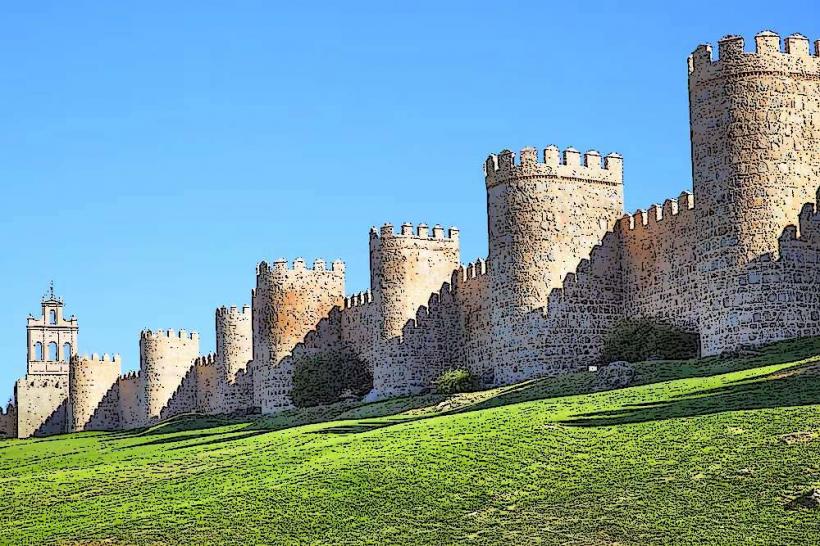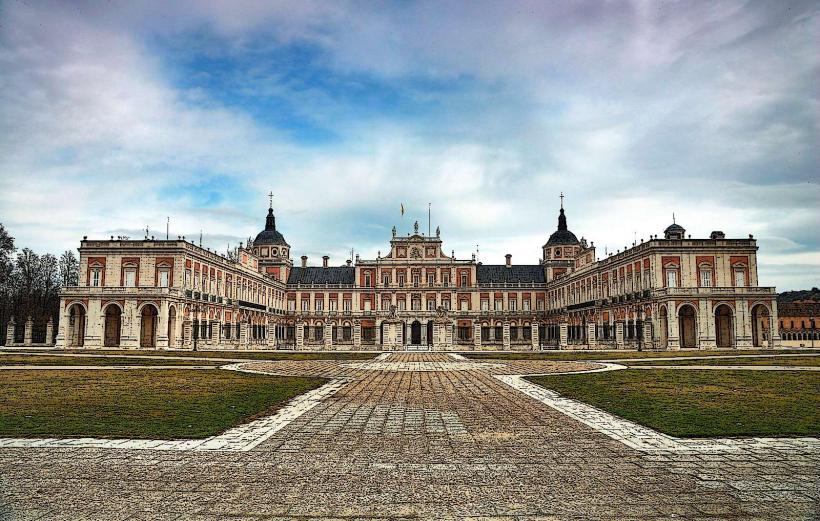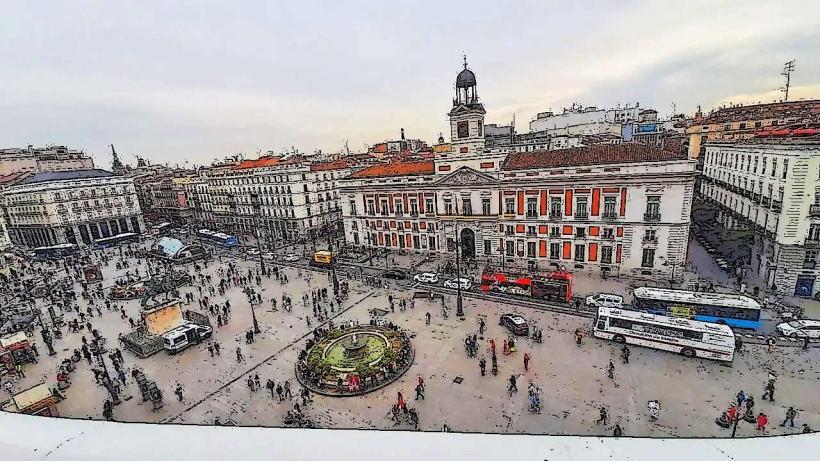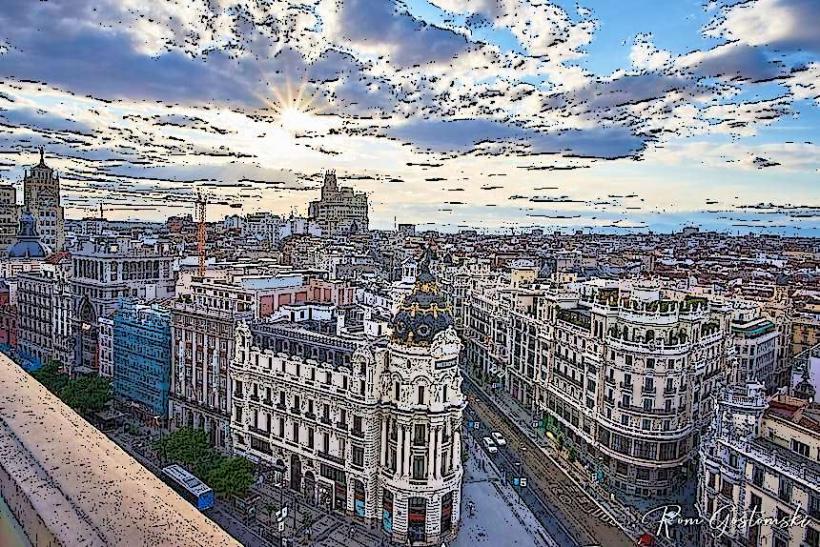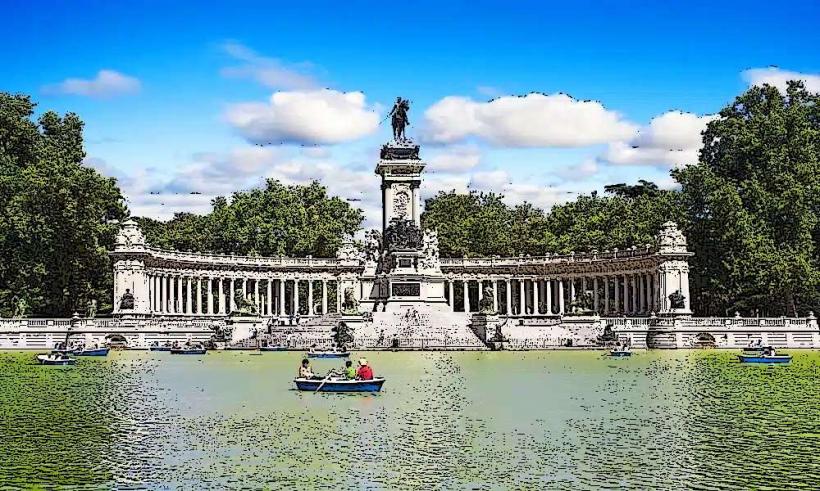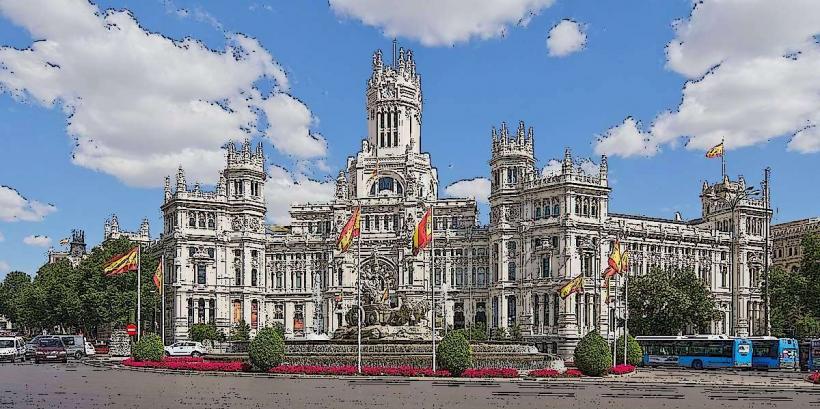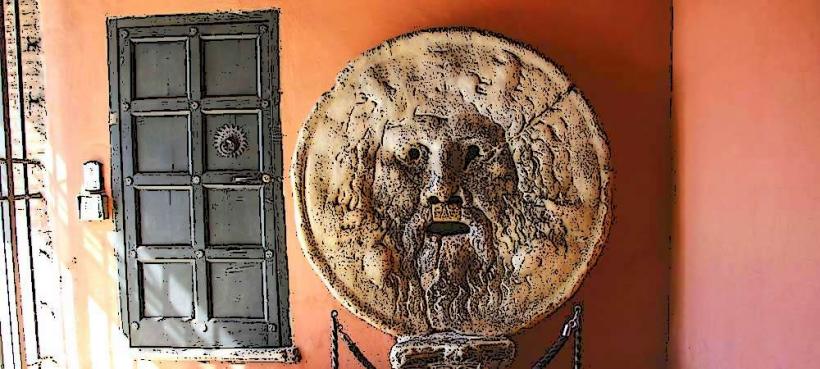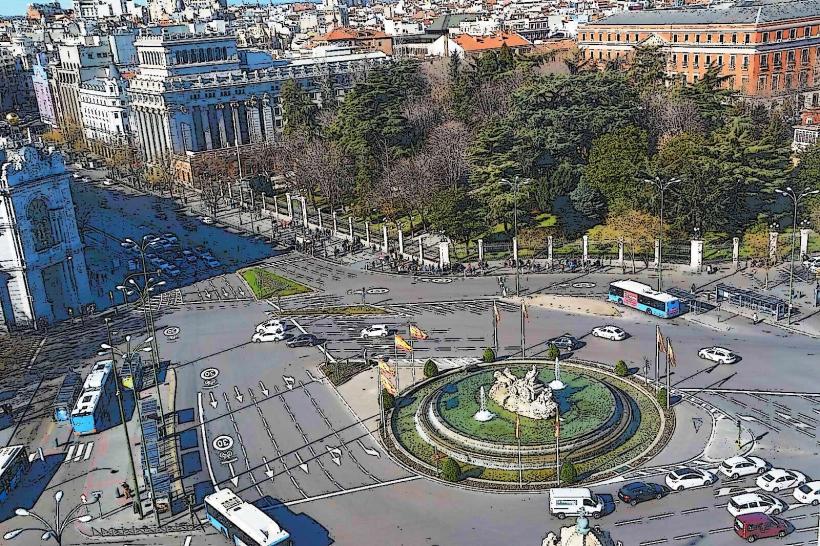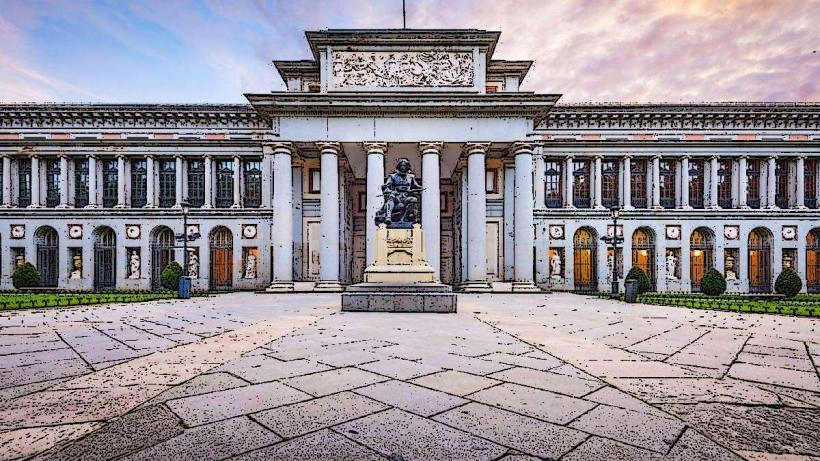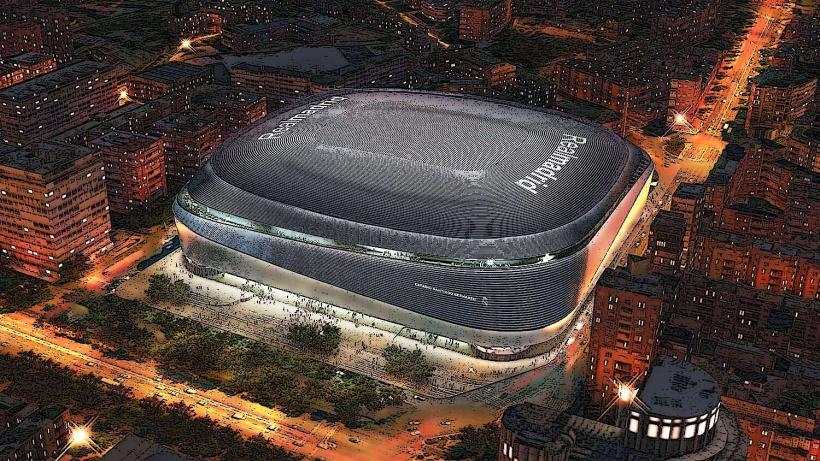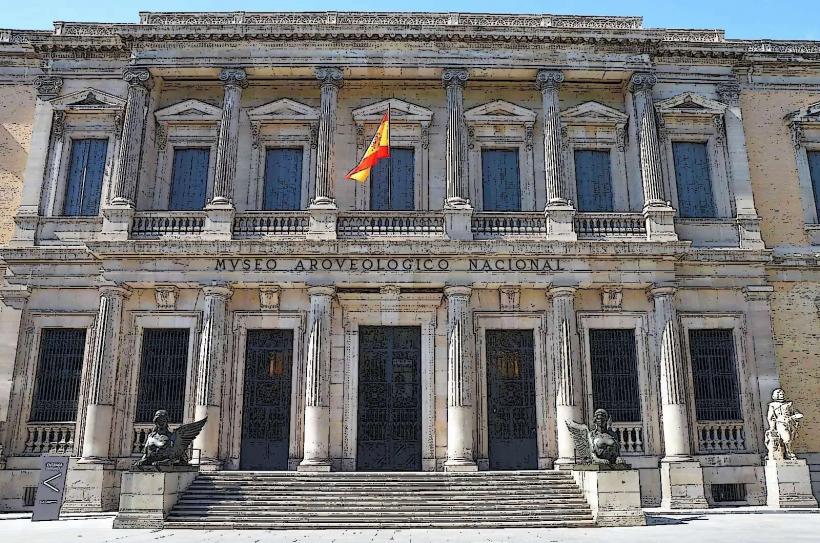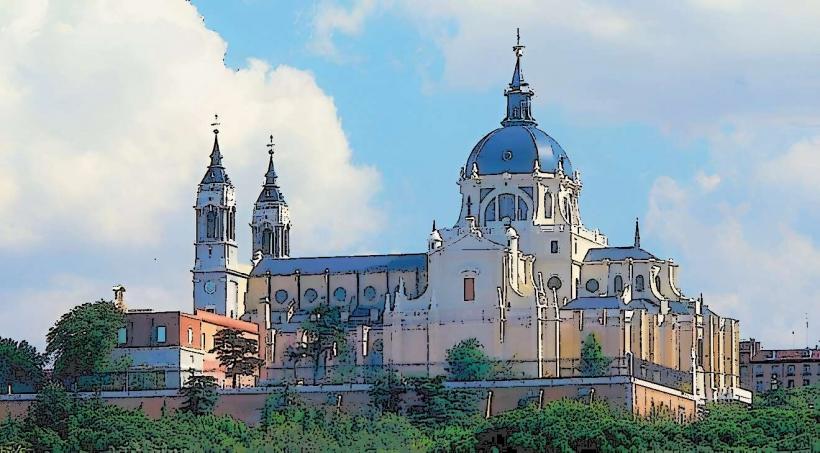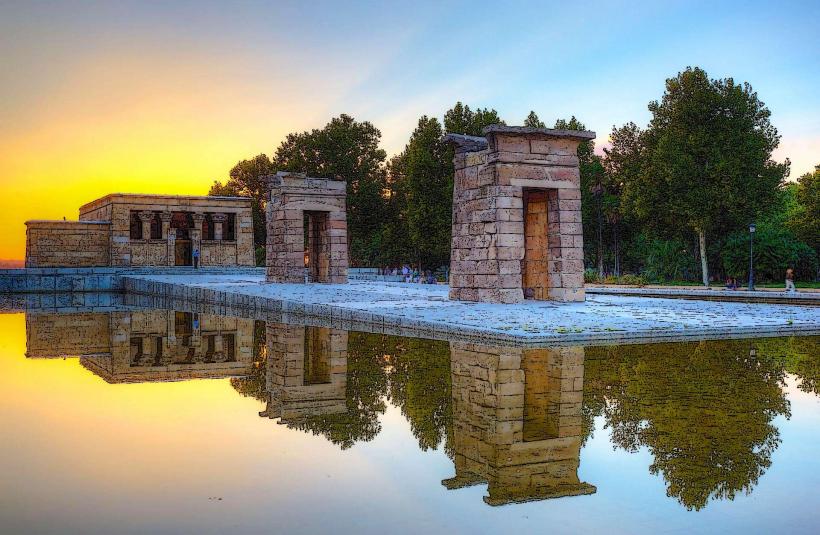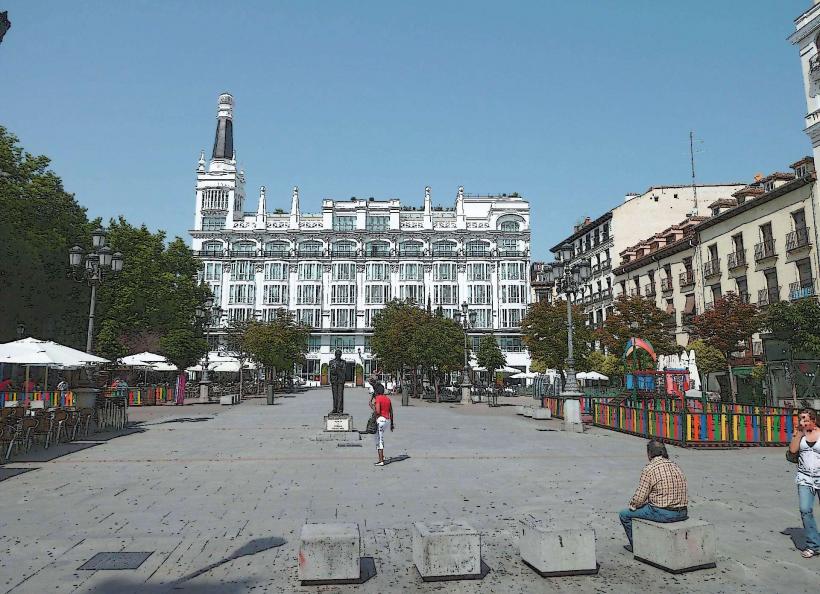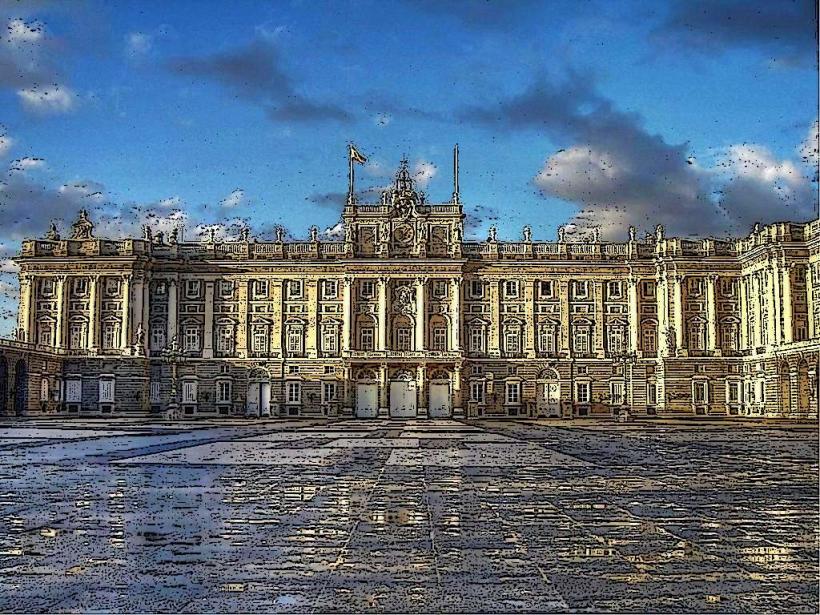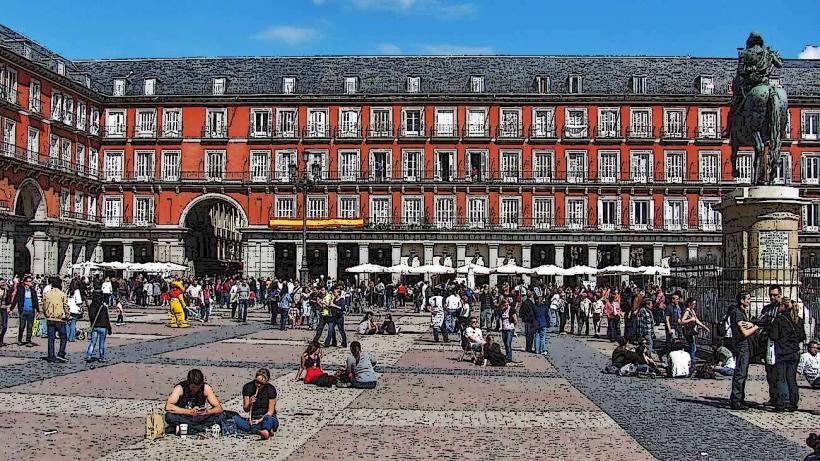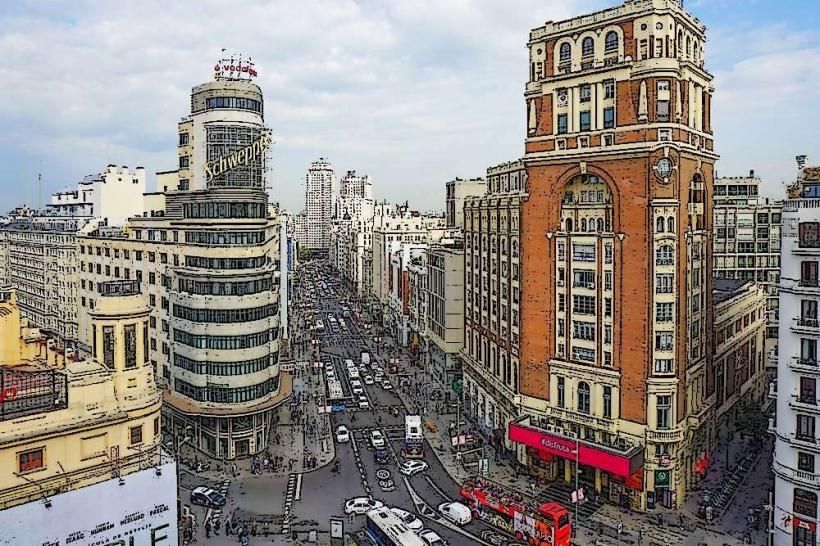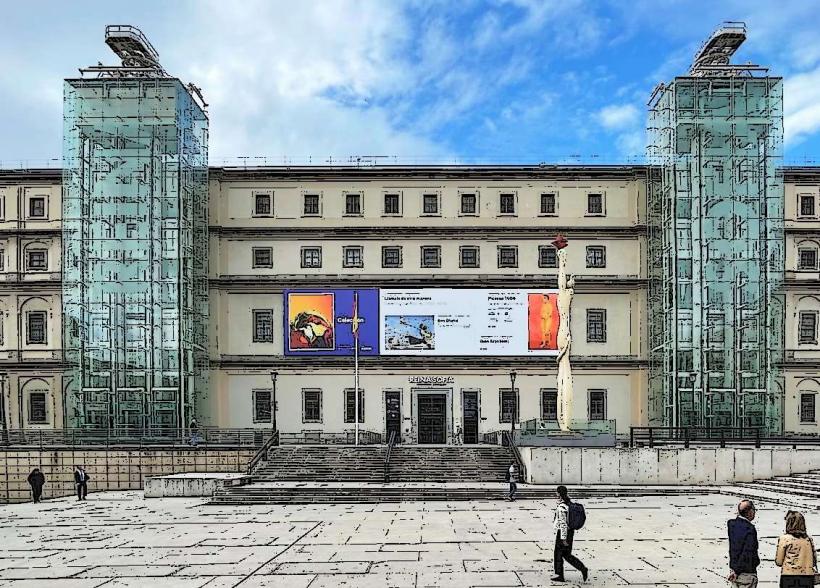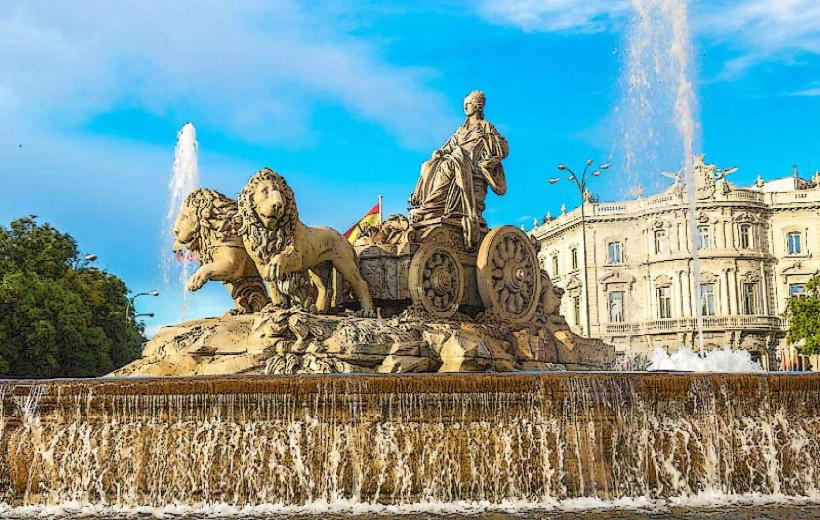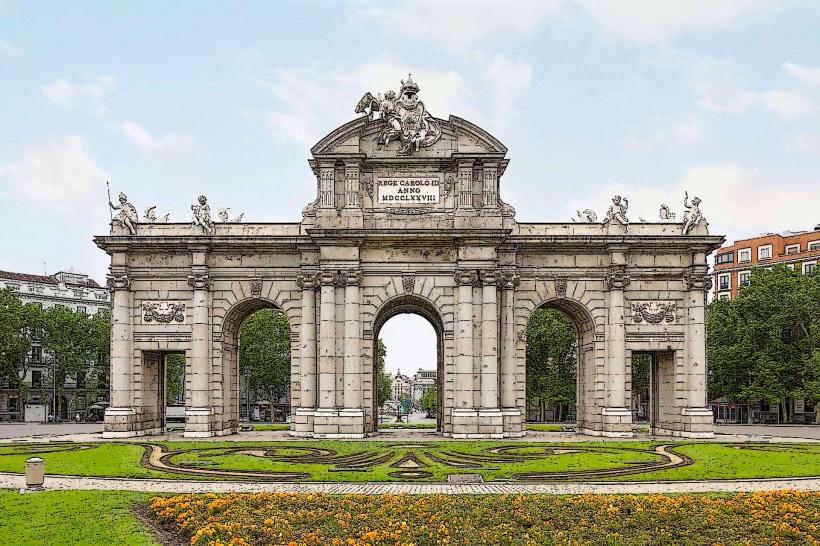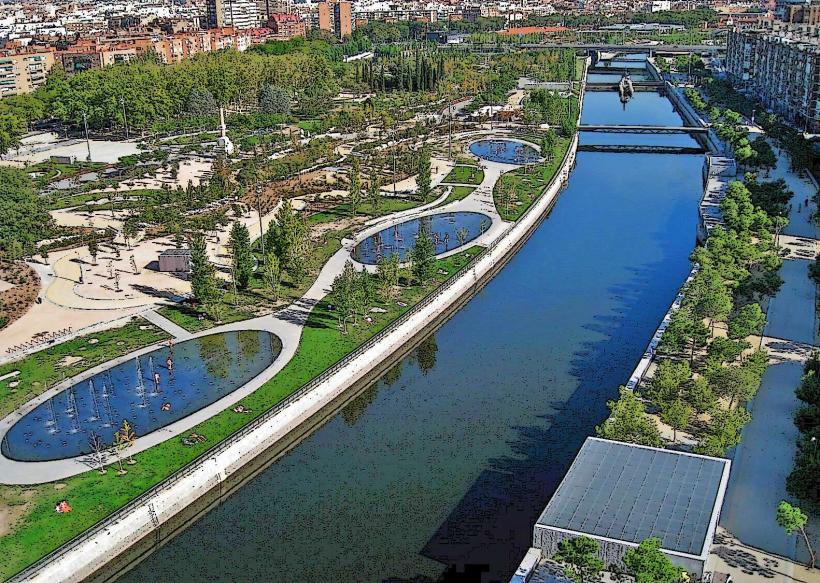Information
Landmark: Valle de los CaidosCity: Madrid
Country: Spain
Continent: Europe
The Valle de los Caídos (Valley of the Fallen) is a monumental site located about 9 kilometers (5.5 miles) northwest of Madrid, nestled in the Sierra de Guadarrama mountain range. It is one of Spain's most controversial landmarks due to its association with the Spanish Civil War and the Franco regime. The site, which includes a basilica, a vast cross, and a memorial complex, was built between 1940 and 1959 under the direction of Francisco Franco, the dictator who ruled Spain from 1939 to 1975.
Historical Context
The Valle de los Caídos was conceived by Franco as a national memorial to commemorate those who died in the Spanish Civil War (1936-1939). The project was initiated shortly after the end of the war, during Franco's rise to power, and was intended to symbolize the unity of the nation after the war's divisive and bloody conflict. The monument was also meant to honor the fallen soldiers who fought on both sides of the war, although the site has been heavily criticized for its association with Franco’s fascist ideology.
The site consists of a basilica, a massive cross, and a monumental valley, and it was constructed using forced labor from political prisoners and other workers, many of whom were imprisoned by the Franco regime. Because of its historical and political associations, the Valle de los Caídos remains a symbol of division and debate in contemporary Spain.
Key Features
Basilica of the Valley of the Fallen
- The Basilica of the Valley of the Fallen (Basílica del Valle de los Caídos) is the central feature of the complex and is built into the mountainside. The basilica is designed in a neoclassical style, combining elements of Romanesque and Baroque architecture. It is one of the largest religious buildings in Spain.
- The interior of the basilica is stark and dramatic, with a high vaulted ceiling and mosaic tiles that depict biblical themes. The church is dominated by its massive altar and the tomb of Franco, located at the base of the altar.
- The basilica’s crypt is where many other people who died in the Civil War are buried, along with Franco’s own remains, which were controversially moved there in 1959.
The Cross of the Valley of the Fallen
- The most recognizable feature of the site is the enormous cross that towers over the valley. The Valley Cross (Cruz del Valle de los Caídos) stands at an impressive height of 150 meters (490 feet), making it one of the tallest crosses in the world.
- The cross is constructed of granite and is visible from miles around. It sits atop the Basilica of the Valley of the Fallen, and its sheer size and location give it an imposing presence over the entire memorial complex. The cross symbolizes Christianity, but it also became a political symbol during Franco's regime.
Monumental Crypt and Burial Site
- Beneath the basilica, the crypt contains the remains of 33,000 individuals who died during the Spanish Civil War. While the remains are from both Nationalist and Republican sides, the focus has been on the Nationalist soldiers and their memory, which has led to criticism of the site as a monument to Franco’s supporters.
- The tomb of Francisco Franco was originally located in a prominent position within the basilica. However, in 2019, Franco’s remains were exhumed and removed from the Valle de los Caídos to be reburied at the Mingorrubio Cemetery. This decision followed a long-running debate about the site’s role as a symbol of Francoism.
Monumental Architecture and Design
- The memorial complex is set within a dramatic, mountainous valley, which enhances the monumental character of the site. The architecture of the basilica, cross, and surrounding structures are designed to create a sense of grandeur and solemnity, with the vast cross and the mountain backdrop adding a heroic and patriotic tone.
- The construction of the site was an engineering feat, as the basilica and crypt are carved into the rock of the mountain itself. The builders also created vast terraces and walkways to connect the different elements of the site.
Controversy and Legacy
The Valle de los Caídos has been at the center of significant controversy for decades, particularly after the death of Franco in 1975 and the transition to democracy in Spain. Critics argue that the monument glorifies the Franco regime, while supporters maintain that it serves as a tribute to all those who died during the Civil War. Some key issues that contribute to the controversy include:
- Franco’s Burial: For years, Franco’s burial site within the basilica was seen as a point of contention. After his death in 1975, his remains were kept at the Valle de los Caídos, and the site became a place of pilgrimage for those who supported his dictatorship.
- Political Symbolism: The memorial complex, originally built to honor Franco’s Nationalist side, was also constructed using forced labor, making it a symbol of the authoritarian regime. As such, the Valle de los Caídos is often seen as a symbol of Franco’s oppression and the suffering of those who resisted his rule.
- National Division: The Valley of the Fallen has become a divisive symbol in modern Spain. For some, it is seen as a place of historical reflection and reconciliation, while for others, it is a painful reminder of the country’s dictatorial past.
In 2019, following a law known as the Historical Memory Law (Ley de Memoria Histórica), the Spanish government exhumed Franco’s remains from the basilica and moved them to a more private cemetery. This move was seen as an attempt to de-politicize the monument and heal historical wounds.
Visiting the Valle de los Caídos
Today, the Valle de los Caídos remains open to the public, and visitors can explore the basilica, crypt, and monumental cross. The site also includes a museum that provides background on the Spanish Civil War, the construction of the monument, and its controversial role in Spain’s history.
Visitors can also learn about the history of Spain’s division during the Civil War, with exhibits detailing the roles of both the Nationalist and Republican forces. The site offers a stark and somber environment for contemplation, though it remains an emotional and divisive destination.
Nearby Attractions
The Valle de los Caídos is located in the Sierra de Guadarrama, a mountain range that offers a range of outdoor activities. Visitors to the monument can also explore:
- The El Escorial Monastery, located nearby, which is another historically significant site in Spain. El Escorial is a Royal Monastery and former royal palace that served as the center of Spanish royalty for centuries.
- The Guadarrama National Park, which offers hiking and scenic views of the mountains.
Conclusion
The Valle de los Caídos is a powerful and controversial monument that has sparked debate over its role in Spanish history. While it remains an important historical site, it is also a reminder of the fractures and tensions that continue to shape Spain’s political landscape. As a memorial to those who died during the Spanish Civil War, it is both a place of mourning and a symbol of a painful chapter in the country’s history. Visitors to the Valle de los Caídos are often confronted with its complex legacy and its role in shaping modern Spain’s understanding of its past.

